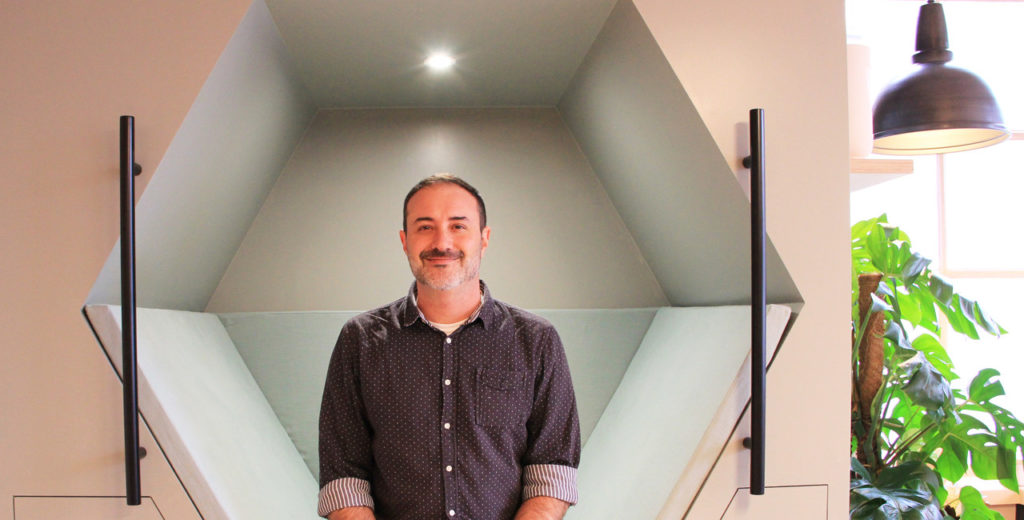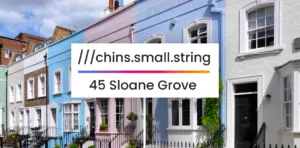by Gustavo Morales, Head of Digital at The Village
Back in 2006, I was 25 and living my best life in Sao Paulo, Brazil. I was fascinated by the new opportunities the digital world was presenting, and enjoying being part of a rapidly changing, disruptive moment within the advertising industry.
It was the year when YouTube was acquired by Google. Smartphones weren’t the thing yet; the iPhone wasn’t released until July of 2007. Facebook was not a global media player. There was no WhatsApp and the World Wide Web was a desktop space. Search ads, SEO, publishers, web portals, email, blogs and Forums were the core of the digital media landscape, which was mainly about solving metrics and tracking challenges. Those were fun times!
It was also the perfect time to launch my digital media provider, HOTWords which was one of the first professional ad-networks in Brazil.
At that point, the Start-up scene was not so dense and populated, yet the challenges for a bootstrapped project being successful were huge. Myself and my three Co-Founders each had a truly digitally native DNA, having been studying and living with technology, communication, design, advertising and games for a decade at least.
Our business grew quickly, registering 15,000 publishers as partners by 2009, which was the year we were acquired by a VC. By 2012, the company was reaching 92% coverage of users across Brazil, running more than 4,000 diverse media campaigns annually for digital players such as Yahoo! Brasil, all the major media groups, agencies, and advertisers. I continued to work with the business until 2016, taking the company to nine countries, before leaving. It was a great journey.
Six years later, I am living in London and enjoying my role at The Village as Head of Digital. What’s particularly interesting to see, as a Digital Marketing Strategist, are the parallels and contrasts of digital communications here in the UK, compared to the Brazilian digital landscape.
The Brazilian way
As we were developing and bringing digital media trends to Brazil, we were one of the first programmatic providers in the region, working via Publicis, Havas and many other agencies for clients including Unilever, Toyota and Bayern who were launching their first data driven projects in Lat-Am.
I also had the pleasure and opportunity to open and present at the IAB Ad-tech Conference, Sao Paulo, introducing the new principles to the local leaders and industry professionals.
With 126 million users, Brazil is the fourth largest country in terms of the number of active internet users worldwide. The Brazilian digital industry is recognized as one of the most advanced in the world, with users who spend the most time connected to the internet per day, 4:54 (4 hours and 54 minutes).
In 2020, I launched an initiative I am particularly proud of. It was the TNT Sports TV channel campaign, which gained immediate traction and engagement with audiences in Brazil. It featured an augmented Instagram filter of player Neymar Jr which gained more than 100 million impressions in less than 10 days. 100 million viral impressions are not seen every day and now we are introducing this creative and engageable format for our clients in the UK. It opens new opportunities for brands to disrupt CPM rates with effective, efficient, creative campaigns. As it mixes augmented reality effects interacting with real people and environments, it could be considered a viable first-step into the Metaverse for early adopters that are looking to test innovation first.
Another example of digital innovation that is gaining traction for brands are the purpose-driven media providers, like Threeps and WeAre8. In their own ways and with specific business models, both companies ensure that the target audience wants to watch a video ad and when a user completes their video ad consumption, a charity gets revenue share from the campaign and even the users can receive a fee. This type of advertising has extremely high completion view rates (50% to 70% CVR) and shows that attention and engagement can be found in new and positive ways.
At The Village, I am enjoying the benefits of working for a bright independent agency once again. Together with a very special team of awesome colleagues, it enables me to think creatively and to push boundaries with solid, brave, and innovative digital campaigns.
I believe we are at the edge of a new world of opportunity with so many exciting digital innovations available. Digital communication is my passion and my heritage. Aligning expectations with a solid, innovative approach to ensure that activity is well-matched to each client is my ultimate goal and one I thoroughly enjoy striving to attain. I believe that experimental thinking and pioneering work will open doors to many new opportunities in the digital arena, and I am excited to be in a position where I can help to create and achieve this.










